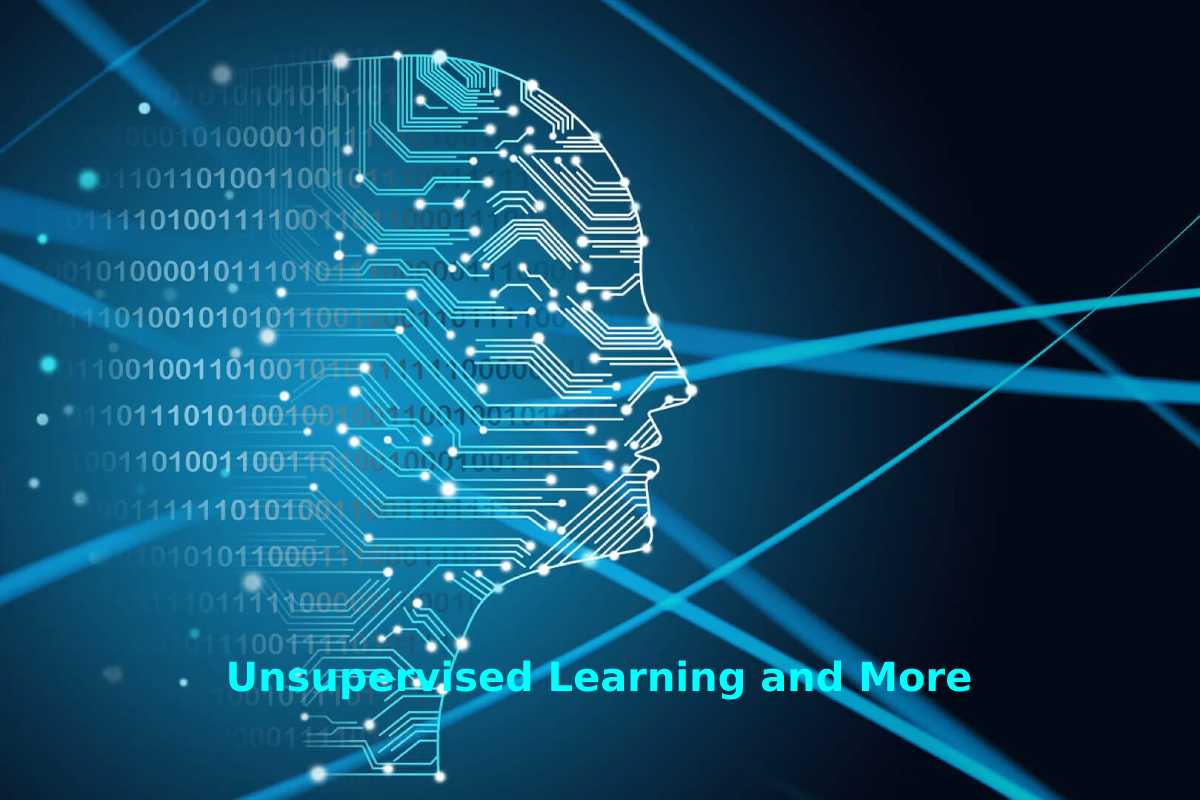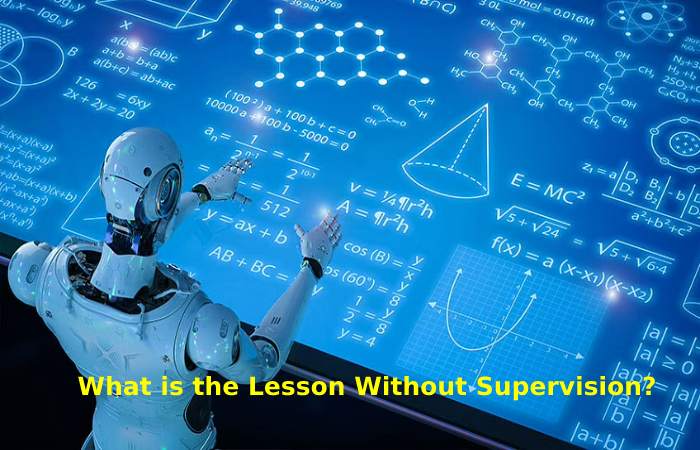
02 Apr Unsupervised Learning and More
Table of Contents
Introduction
To solve these issues in machine learning, we need unsupervised learning techniques. In the earlier topic, we learned supervised machine learning in which models remain trained using tagged data under the supervision of training data. But there can be many cases where we don’t have classified data, and we need to find the hidden patterns of the given dataset.
What is the Lesson Without Supervision?

As the name suggests, uncontrolled learning is a machine learning technique in which models remain unsupervised using the training dataset. Instead, the models themselves find hidden patterns and perceptions of the data. It can compare to the learning in the human brain when learning new things. For example, it can determine as follows:
Machine learning is a type of machine learning in which models remain trained using an unlabeled data set and are allowed to operate on that data without supervision.
Uncontrolled learning cannot remain applied directly to the regression or classification problem. Because, unlike supervised learning, we have input data but no corresponding output data. The goal of education without marking is to find the underlined structure of the database and group that data, rendering similarities. And represent that datasheet in a compressed format.
Example: Based on the unsupervised learning algorithm, you remain given a database containing images of different types of cats and dogs. The algorithm has never trained on the given dataset, meaning there is no idea of the dataset’s characteristics. The task of the unsupervised learning process is to identify only the characteristics of the image. The unsupervised learning algorithm will perform this task by grouping the image data into groups according to the similarities between the photos.
Why Use Unsupervised Learning?
Here are approximate of the main reasons that describe the importance of unsupervised learning:
- USL helps find helpful information from data.
- USL is similar to how a human learns to think from his own experiences, making it closer to real AI.
- USL works with unlabeled and uncategorized data, making unsupervised learning more critical.
- In the real world, we don’t continuously have input data with the corresponding output, so to solve such cases, we need USL.
Here, we have taken unlabeled input data, meaning that it is not classified and the corresponding results remain not given. This untagged input data remain sent to the machine learning model for training. First, it will take the raw data to find the hidden patterns and then apply appropriate algorithms such as k-means clustering, result tree, etc.
Unsupervised Learning Algorithm Types:
The unsupervised learning algorithm can remain classified into two types of problems:
Supervised machine learning
Grouping is a method of grouping objects into groups so that things with more similarities remain in one group and have no similarities to objects in another group. Cluster analysis looks for common characteristics among data objects and classifies them based on the presence and absence of such standard features.
Association: An suggestion rule is an unsupervised learning method used to find the relationships between variables in an extensive database. Regulates the set of items that occur together in the dataset. The association rule makes the marketing strategy more effective. People who buy item X (say, bread) also tend to purchase item Y (Butter/Jam). A typical example of an association rule is Market Basket Analysis.
Compensations of USL
Unsupervised learning is used for more complex tasks than supervised learning because, in USL, we don’t have tagged input data.
Unattended learning is preferable because it is easier to obtain unlabeled data than labeled data.
Disadvantages of USL
Unsupervised learning is inherently more complex than SL, as it does not have a corresponding outcome.
The result of the unsupervised learning algorithm may be less accurate, as input data is not labeled, and the algorithms do not know the exact output in advance.
Challenges Of Unsupervised Learning
While unsupervised learning has many benefits, some challenges can arise when it allows machine learning models to run without human intervention. Some of these challenges may include the following:
- Computational complexity due to the high volume of training data
- Longer training times
- Increased risk of inaccurate results
- Human intervention to validate output variables and also
- Lack of transparency based on data aggregation
Conclusion
In conclusion, unsupervised learning algorithms allow you to perform more complex processing tasks. Furthermore, USL has several benefits, such as that it takes place in problem-solving time; therefore, all input data should remain analyzed and labeled on the students’ appearance. In addition, it’s easy to get unlabeled data from a computer compared to labeled data, which requires manual intervention. Finally, various types of USL help implement new ideas and innovation in action and create an innovative experience.
Also Read: What are Internal Combustion Engines


No Comments